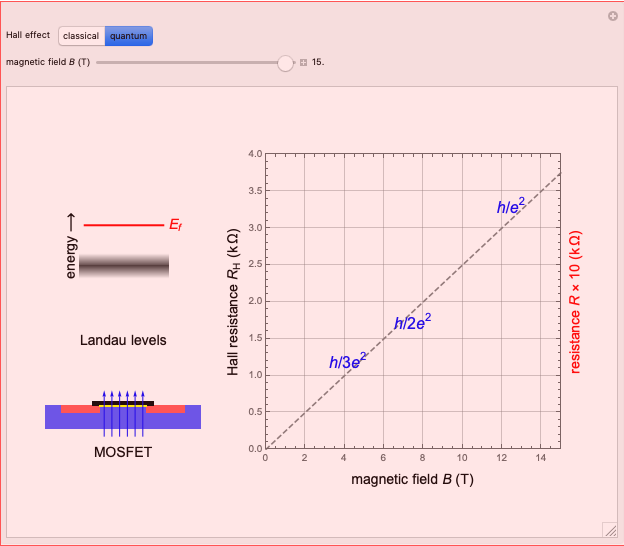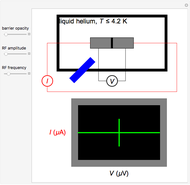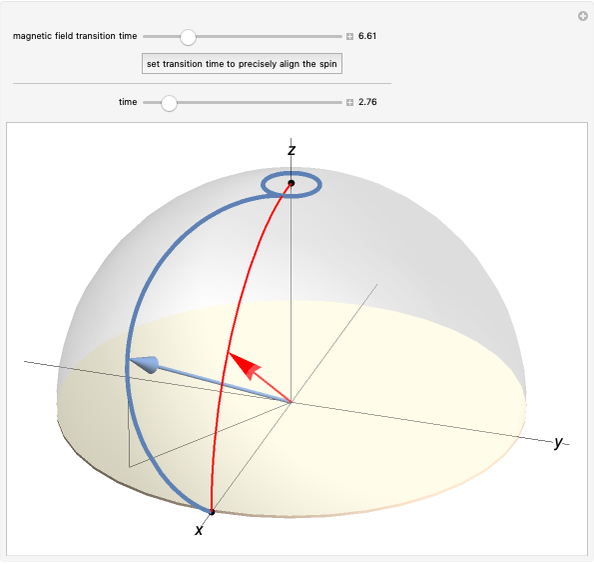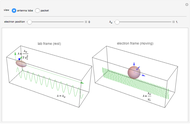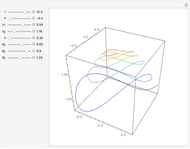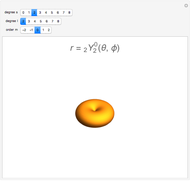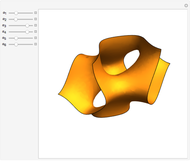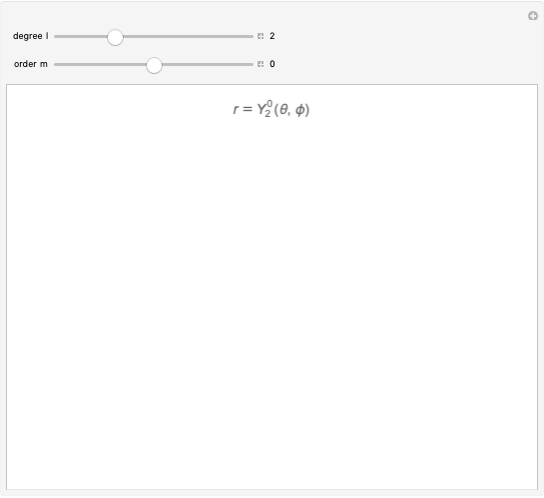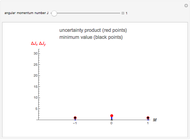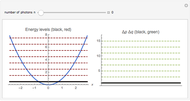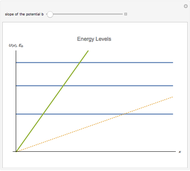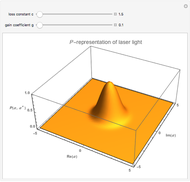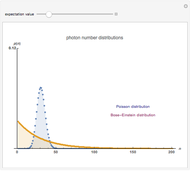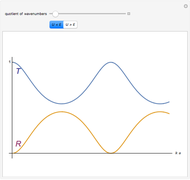Quantum Effects in Atom-Field Interaction

Requires a Wolfram Notebook System
Interact on desktop, mobile and cloud with the free Wolfram Player or other Wolfram Language products.
The simplest nontrivial model of the interaction between a two-level atom and a single-mode radiation field is the Jaynes–Cummings model, as follows:
[more]
Contributed by: Reinhard Tiebel (August 2022)
Open content licensed under CC BY-NC-SA
Snapshots
Details
The probability distribution shows both constructive and destructive interference, as well as signal collapses and revivals. These behaviors are purely quantum effects and cannot occur in the semiclassical theory.
Rempe, Walther and Klein [3] have demonstrated collapses and revivals experimentally using a single-atom maser.
References
[1] P. Meystre, M. Sargent III, Elements of Quantum Optics, 2nd ed., Berlin: Springer–Verlag, 1991.
[2] M. O. Scully and M. S. Zubairy, Quantum Optics, New York: Cambridge University Press, 1997.
[3] G. Rempe, H. Walther and N. Klein, "Observation of Quantum Collapse and Revival in a One-Atom Maser," Physical Review Letters, 58(4), 1987 pp. 353–356. doi:10.1103/PhysRevLett.58.353.
[4] Wikipedia. "Jaynes-Cummings-Modell." (Apr 18, 2022) de.wikipedia.org/wiki/Jaynes-Cummings-Modell.
[5] Wikipedia. "Jaynes–Cummings Model." (Apr 18, 2022) en.wikipedia.org/wiki/Jaynes-Cummings_model.
Permanent Citation

























